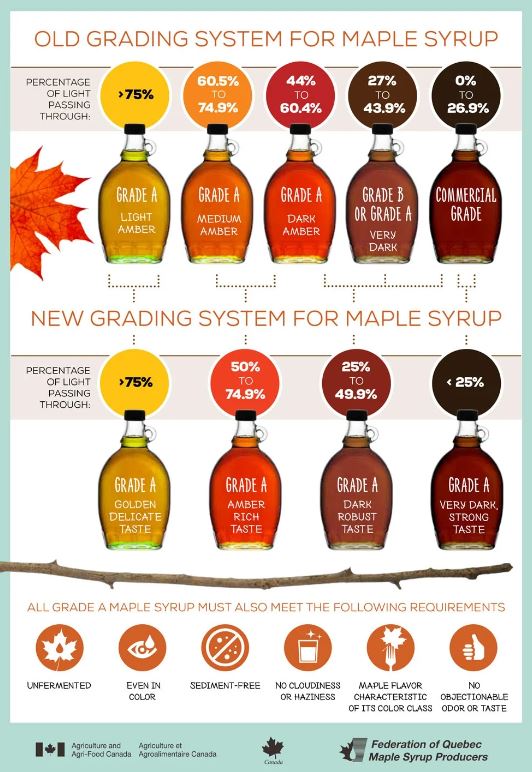The tree is the sap. The sap is the tree. The sap enhances waffles & French toast. The sap expands waistlines. The sap maple (and a few other tree varieties), of course.
So what the hell am I doing, making syrup barely more than a week into February? It’s too damn early! That’s what a lot of us maple syrup producers are wondering. Used to be, early to mid March was prime sap collecting time. But with global climate change bringing subfreezing nights and 40 degree days earlier and earlier, the sap flows earlier than ever.
I put 9 taps in yesterday. I’d planned to put a test tap into my two big producers, but the sap flowed so copiously I figured I’d best strike while the sap is to be had. So in went multiple taps on the big trees. Less than 24 hours later, I had over 6 gallons of sap, and now the bags are filling again outside as the slushy snow flies and as I boil down my first collection. Last year it took 44 parts sap to get 1 part syrup, but I sure made a rich dark amber product redolent of maple flavor. We only ran out of our 2022 harvest a few weeks ago.
This year I got a near neighbor’s permission to put a few taps into one of his gigantic maples, for the price of 1/3 of the syrup that tree produces. A bargain for us both. I’ve also got some huge maples deep in the woods on my property, but it’s too much of a PITA to get to them on a regular basis, so tellwiddem.
Not sure if I’ll do walnut syrup this year; my lone black walnut tree generally gives enough sap to make a pint or two of the stuff. It is quite tasty, but delicate and not at all “walnutty” since it’s made from the sap, NOT the nut. Its flavor gets overpowered by many foods, and we reserve it for use on vanilla ice cream and basic cheesecakes.
I’m still just a backyard hobbyist here; no trees strung together by mazes of tubes, no vacuum systems, no reverse osmosis gear. Heck, I don’t even have a sugar shack with a wood fire. Just a rangetop setup with filters, kettles, thermometers and a hydrometer. That last bit of equipment helps me not overconcentrate the syrup and thus end up with a huge chunk of maple sugar at the bottom of the syrup bottle. Though crunching on maple sugar does have its pleasures . . .
Anybody else making syrup this year? I’m looking at you, @tofor! Have you started yet? Memorable anecdotes of past sugaring? Tragic losses of syrup when containers spill or explode? Anybody want to take up the hobby?
